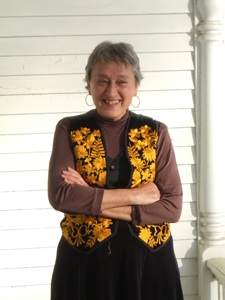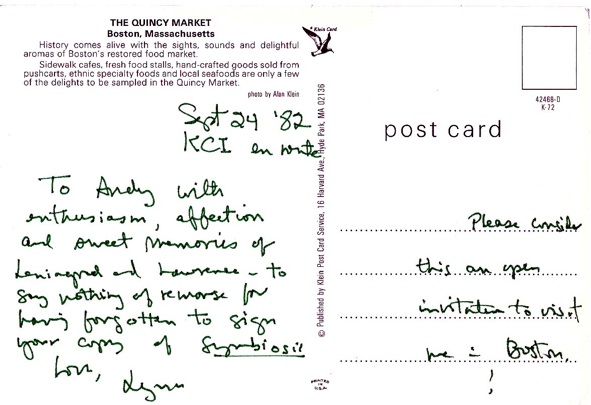Lynn Margulis introduced Jenny Stricker as “my brilliant former student, Harvard grad, got her master's with me”. After seeing the electron micrograph below and knowing Professor Margulis’s long battle to have her ideas accepted, Ms. Stricker wrote:
From: Jenny Stricker
Date: April 5, 2009 10:40:43 AM EDT
To: Lynn Margulis
Subject: Re: and this
Oh my gosh, Lynn. Oh my gosh. I have tingles on my skin. What is this spirochete? Where did you get this? I mean, I can't even know what to say. You must be ecstatic. Oh my gosh. I can't stop smiling...
How long did you have to hang on?...And now, there they are, clear as day...What a woman you are! Oh Lynn, this is so exciting! I want to know more! Bless your heart.
I feel like the fact that can see your perseverance is almost more of a gift to me than the fact I can see those attachment sites. It's your perseverance that makes me really smile. And the sweet reward... Ok, I know I'm not being much of a scientist by jumping to such conclusions. But damn it, there are so few rewards for believing in yourself, and fighting for what you know is right and true. It's the gift of your life. So few people could possibly see what you've really given in order to hang on... Oh my gosh Lynn. This does me good :-)
Now, your advice to me was 'do it now.' Bless your heart :-) I might even have to start crying. Ok, first things first. Today, I'm going to print me out some nice big copies of these beauties and hang them on my wall. Just to remind me.
Thank you so much!
Jenny












